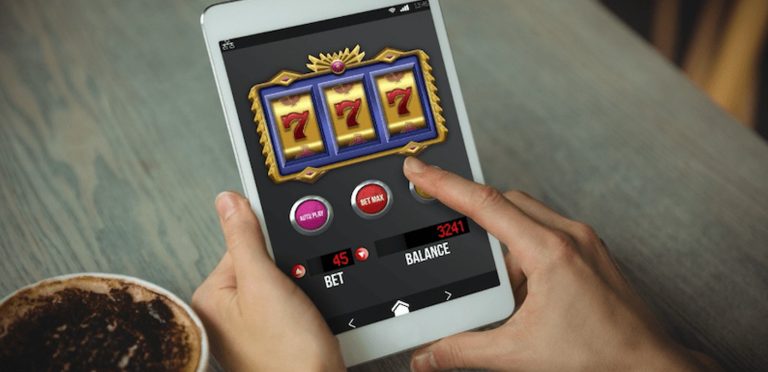10 B2B iGaming Trends to Watch in 2026


The iGaming sector never stays still, and by 2026, the B2B side of the industry is expected to see a mix of familiar themes and fresh challenges. From new technologies to changes in regulation, suppliers and operators will need to stay in the know if they want to remain competitive. Here’s a look at 10 trends that are worth watching as the year unfolds.
1. Expansion into Emerging Regions
Markets in regions such as Latin America and parts of Asia are continuing to open up. Operators entering these regions will be looking for fast and reliable access to content, while also demanding localisation in terms of language, themes, and payment systems. For suppliers, it’s likely that building adaptable frameworks that work across multiple jurisdictions will be a high priority.
2. Growth in Aggregator Demand
With operators pushing into more and more countries, the delivery of content needs to be faster and simpler. This is where the aggregator model proves invaluable, as it reduces the need for countless direct integrations with individual studios. For operators, there is a real need to understand how to choose a casino games aggregator so that they can correctly position themselves. There is more to think about than the number of titles on offer, with the likes of service quality, reporting tools, and the ability to manage compliance across different markets all being priorities.
3. Live Casino Innovation
Live dealer casino games with still be a strong driver of engagement. By 2026, suppliers will be expected to push the format even further. It’s highly likely that streaming quality, interactive features, and more game shows will dominate roadmaps. For B2B providers, the challenge will be delivering scalable solutions that can maintain stability during peak usage.
4. The Role of Artificial Intelligence
AI has been a buzzword for many years now, but we can now see that its practical applications in iGaming B2B are starting to take shape. From fraud detection to predictive analytics, AI tools are being embedded into platforms to improve decision-making and reduce risk. For content providers, AI-driven insights will also help to refine which titles are recommended throughout different regions.
5. Increased Focus on Compliance Tools
There is no sign that regulatory requirements will ease any time soon. Operators are under pressure to implement strict responsible gambling and anti-money laundering measures. As a result of this, B2B providers will need to bake compliance tools directly into their offerings. Automated verification, transaction monitoring, and reporting dashboards will certainly be expected features by the time we reach 2026.
6. Flexible Payment Systems
Player payment preferences vary widely across regions. This makes flexibility an absolute must for operators. The likes of cryptocurrencies, e-wallets, and regional fintech services are all expected to grow in importance. Suppliers who can provide seamless integration of these payment methods will be more appealing partners, as operators look for ways to simplify everything for their customers.
7. Partnerships That Drive Value
It’s clear that operators increasingly value suppliers who act as long-term partners rather than simply vendors. This makes customer support, clear documentation, and responsive service all critical. Companies such as Hub88 show the importance of partnership-led models. By offering efficient integration alongside strong support, aggregators can help operators expand into new regions with added confidence.
8. Real-Time Data Use
By 2026, operators will expect more than static reporting. With real-time feeds, businesses can adjust campaigns instantly, remove underperforming titles quickly, and identify fraudulent activity as it happens. Suppliers who can provide accessible dashboards and detailed analytics will stand out, especially as operators seek out ways to make faster decisions.
9. Rising Demand for Mobile-First Experiences
Mobile gaming continues to dominate. This is particularly the case where smartphones are the primary device for internet access. B2B suppliers are in a position where they must ensure that games, lobbies, and payment systems are all fully optimised for smaller screens and variable internet speeds. A mobile-first approach is certainly not optional anymore: it is the baseline expectation for pretty much all regulators.
10. Preparing for New Interfaces
While still in early days, devices such as Apple’s Vision Pro point towards future changes in the user experience. Mixed reality and immersive environments are likely to play a bigger role in gaming within the next decade or so. For now, B2B suppliers need to start considering how their systems can adapt if operators start to experiment with immersive formats. While it’s clear that mass adoption is still some way off, being motivated to prepare will provide a competitive advantage.
Final Thoughts
The B2B iGaming sector in 2026 will be shaped by both innovation and regulation. Aggregators will continue to streamline access to content, compliance tools will become more sophisticated, and data-driven insights will guide operator decisions. It’s suppliers that can balance technological progress with practical support who will be in the strongest position.






